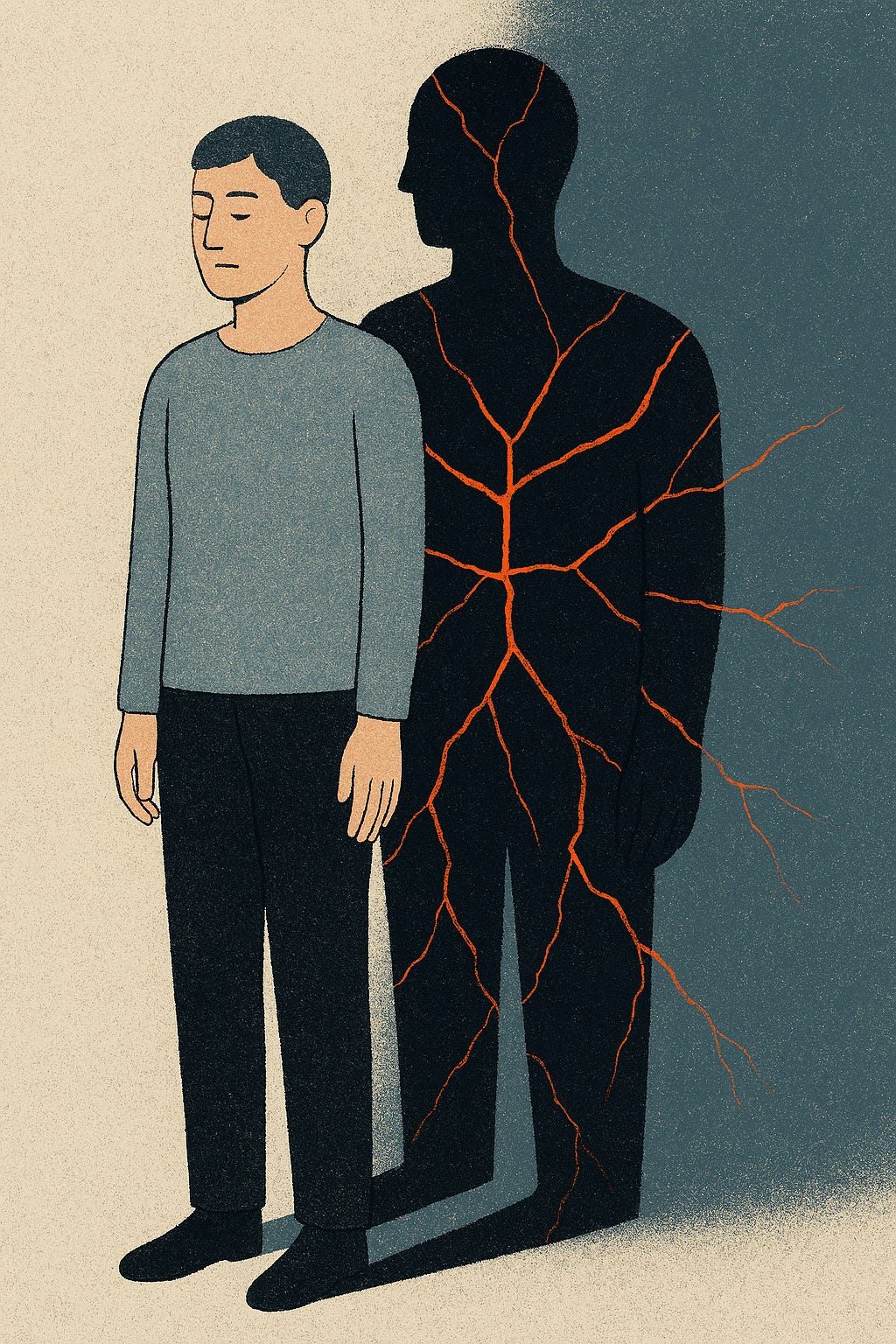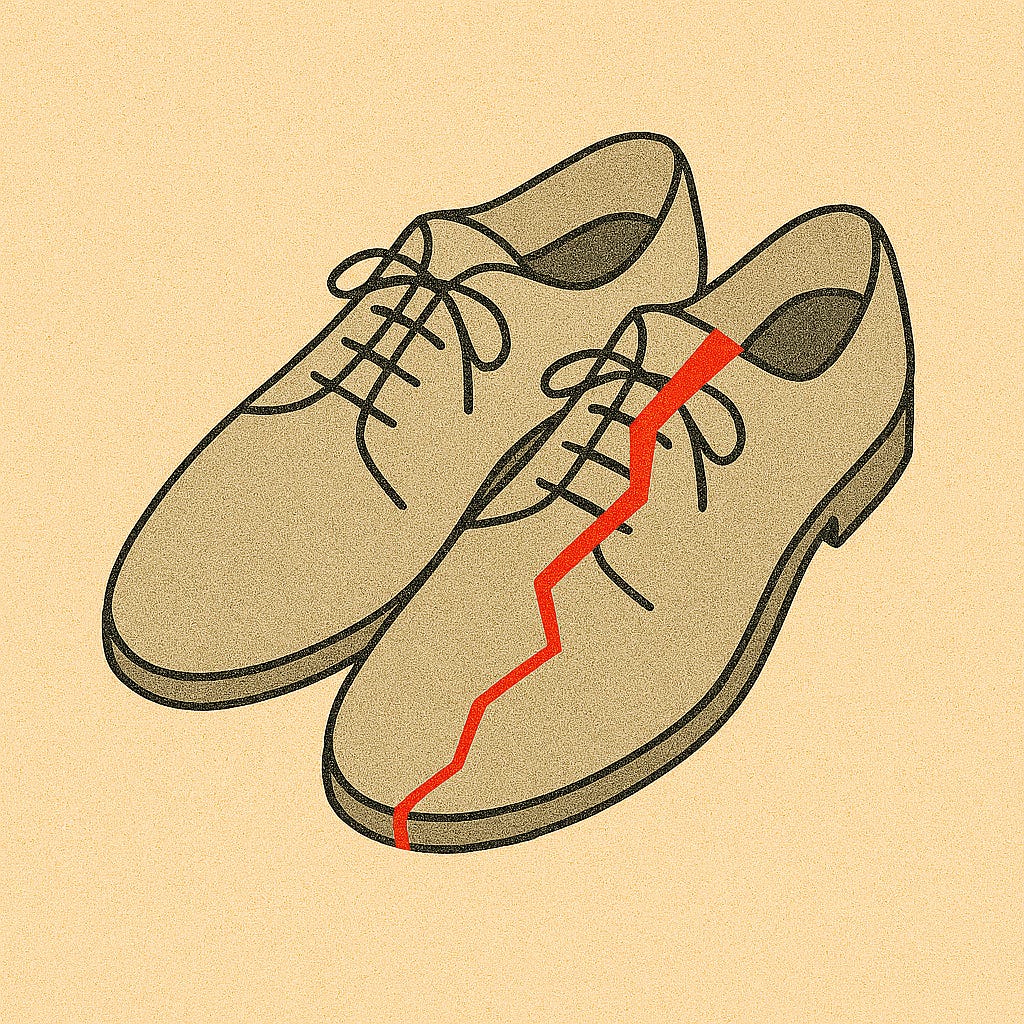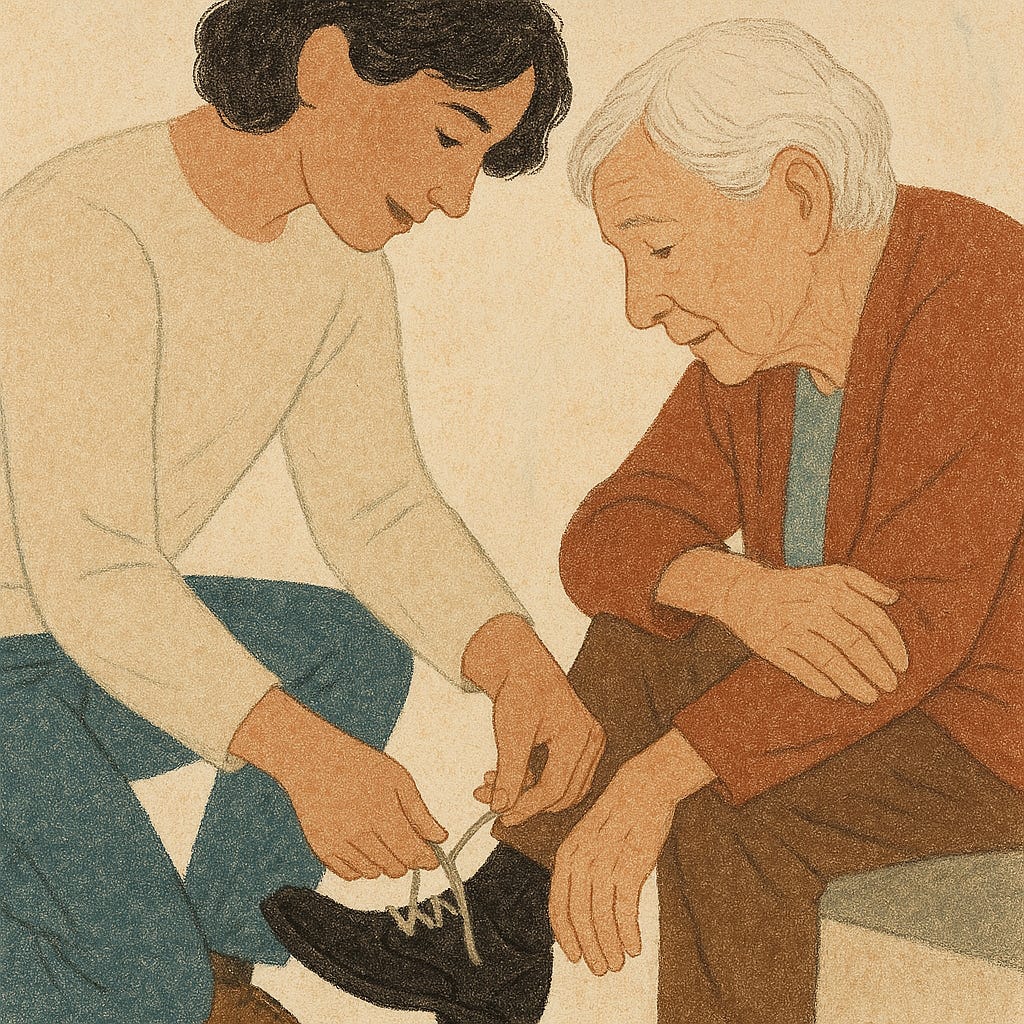When a Fall Breaks More Than Bones
The Hidden Aftershocks That Can Shatter Confidence, Independence, and Families
The Call That Stuck With Me
The call came in for a “fall with injury.” We arrived to find an older woman on the floor of her living room. She had a fractured wrist, but what struck me most wasn’t the injury, it was the look in her eyes. She wasn’t just hurt. She was shaken.
Her daughter told us, “Mom has been so independent. She still drives, still cooks, still goes to church. But now… she’s scared to move around her apartment. She keeps saying, ‘What if it happens again?’”
That’s the part most people don’t see. A fall doesn’t just break bones. It can break confidence, independence, and even family dynamics.
The Science of Catalysts and Aftershocks
Falls don’t happen in a vacuum. Often treated as isolated events, they’re shaped by the conditions around us — where you live, who you live with, and what resources you have. If you’re isolated, you may not stay as active, and no one’s around to notice the little stumbles. If money is tight, you might be living with poor lighting, worn-out shoes, or no grab bars in the bathroom. If you don’t have insurance, you may skip the doctor visit that could have caught a medication side effect or vision problem. And if your diet is poor or you’re living with untreated health conditions, your body may be more fragile when a fall does happen.
These are the catalysts — the factors that make a fall more likely and more dangerous. And when a fall does happen, those same factors often magnify the consequences. Because falls also aren’t usually “one and done.” Research shows they trigger a cascade of aftershocks that go far beyond the initial injury:
Fear of falling. Fear of falling is one of the most common aftershocks. Even in people who haven’t fallen, the fear alone can lead to reduced activity, which causes muscle weakness and balance decline, ironically making another fall more likely (Tinetti et al., 1994).
Loss of independence. Studies show that up to half of older adults who fracture a hip never regain their previous level of independence. Many require long-term care or assistance with daily activities (Magaziner et al., 1990).
Caregiver stress. For every fall patient, there’s usually someone else whose life changes too: the caregiver. Spouses, adult children, even neighbors who suddenly find themselves responsible for keeping someone safe in ways they never imagined often live with a constant low-level anxiety — always bracing for the next fall, sometimes to the point of “grounding” their loved one to try and keep them safe (Hill et al., 2019). And when an older adult comes home from the hospital after a fall, caregivers often feel unprepared for the new responsibilities and safety risks they have to manage. (Shuman et al., 2019).
Financial strain. Dr. Michael Grahl, an ER physician I’ve worked with, reminded me that for younger adults, even a single ER visit can be the difference between paying rent or falling behind. Add in a broken leg or rib fracture, and suddenly you’re sidelined from work, without income, and staring at medical bills. Falls don’t just threaten your health — they can threaten your livelihood.
The Confidence Spiral
I’ve seen it too many times: someone falls, gets injured, and then begins to pull back from life. They stop walking as much. They avoid stairs. They skip social events. Their muscles weaken, their balance worsens, and their confidence slips away.
It’s a vicious cycle: fall → fear → inactivity → decline → higher fall risk.
And when confidence erodes, it doesn’t just affect the person who fell: families feel it too. Adult children worry about leaving their parents alone. Spouses’ roles pivot from “partner” to “caregiver.” The whole household adjusts to a new reality shaped by fear and hesitation.
One fall can change the trajectory of an entire household — not just because of the injury, but because of the confidence it takes away.
Why This Matters
This is why fall prevention isn’t just about avoiding broken bones. It’s about protecting independence, confidence, and quality of life.
We need to stop thinking only in terms of ER visits and X-rays. We need to think about the long game: the way a single fall can change lives for months and years after.
A fall is rarely “just a fall.” It’s a turning point. It can be the moment someone loses their sense of self.
But it doesn’t have to be.
By recognizing the risks, addressing fear, and building resilience, we can change the story. We can make falls less likely, and, when they do happen, less devastating.
Fall prevention isn’t just about safety. It’s about dignity, identity, and the relationships that hold families together.
Series Recap
Over the past four articles, we’ve uncovered the hidden truths about falls:
They don’t just happen to the frail; they happen to the strong.
The most dangerous trip might be the ten steps to the bathroom at 2 AM.
Falls cluster at predictable times of day, when the body is most vulnerable.
And with the right training, you can even learn to fall better.
Now, we close with this truth: falls don’t just break bones. They break lives. And that’s why prevention matters.
Closing Call-to-Action
If you’ve ever seen the ripple effects of a fall in your family, like my family has, you know how life-changing it can be. Share this article with someone you care about. Start the conversation. Because the best time to prevent a fall is before it happens.





